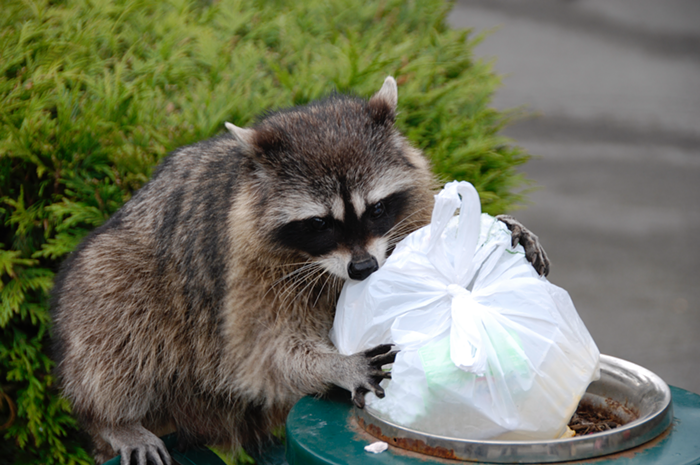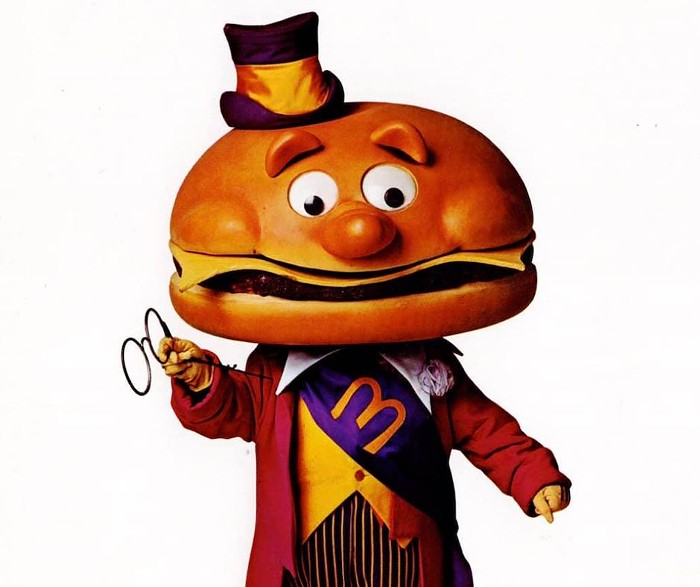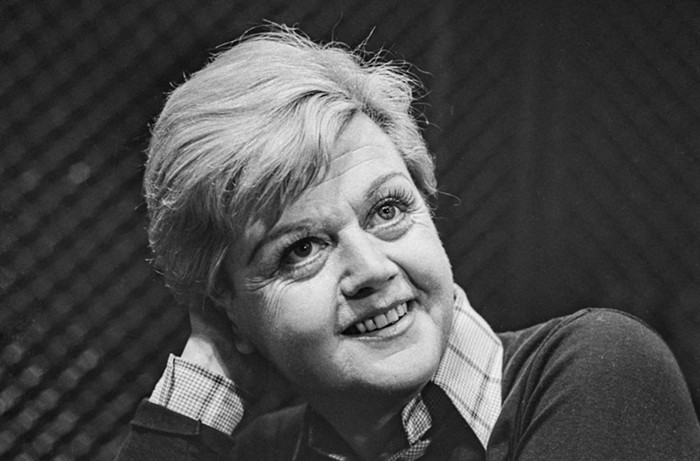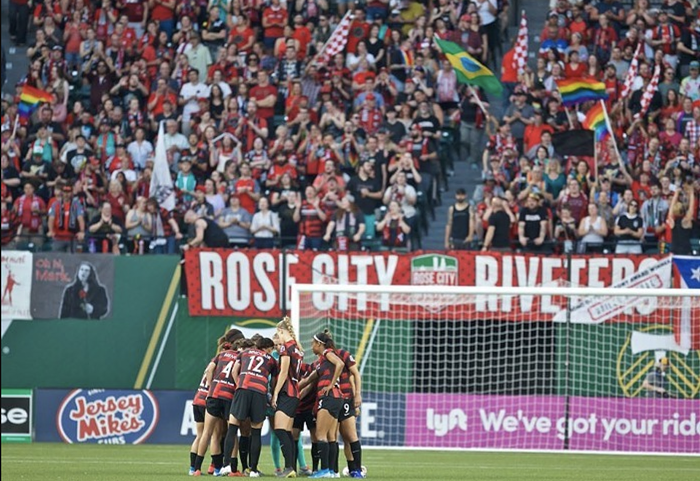
While there’s never really been a “bad” Zelda game (unless you count this, and you shouldn't), 2006's The Legend of Zelda: Twilight Princess is the closest the series has come to producing a black sheep. When the game was first unveiled at E3 2004, it literally made grown men and women cry. At the time, Nintendo was dogged with a reputation for being the “kiddie” console manufacturer, due to the developer’s defiant disregard for online multiplayer and first-person shooters. This new, realistic Zelda was a far cry from the hyper-stylized direction they took the franchise in just one year prior with The Legend of Zelda: The Wind Waker, proving that Nintendo had been listening to their fans after all—the minute-long trailer seemed to singlehandedly herald a renaissance for the company.
Leading up to its release at the end of 2006, Twilight Princess was the subject of multiple delays and a ridiculous amount of hype. In an unprecedented decision, the game was finally released on multiple platforms—the Nintendo GameCube, and the company’s new console, the Wii. The Wii version is one of the biggest gaffes in the developer’s history, highlighting everything wrong with tacked-on motion control. The greatly superior GameCube version, having been released at the end of that console’s lifecycle, was understandably eclipsed by it’s faux next-gen counterpart. Instead of being the grand slam it was promised to be, Twilight Princess ended up being more of a punt.
Nintendo's just-released new HD remaster of Twilight Princess for the Wii U, at least, serves to recontextualize the title, while also refining both its visuals and its dated control scheme.
This time around, the Wii U's motion-sensitive GamePad can be used to aim projectiles, but pretty much every other action is controlled conventionally. (Those averse to the GamePad will be glad to see that the game also supports Nintendo's more conventional Pro Controller.) The biggest advantage the GamePad serves is its use as a portable map and arsenal, which gives you the ability to quickly switch out Link’s items in real time without much interruption. And the high-def sheen—while not too dramatic—is definitely apparent when you first step out into the game’s massive overworld, or during its dreamy, sepia-tinted "Wolf Link" segments.
Unlike The Legend of Zelda: Majora’s Mask—which in 2000 was the subject of schoolyard debates due to its imposed time constraint, but has since been disintered by nostalgic millennials and revisionist game critics who probably should have realized it was amazing the first time around—Twilight Princess’ flaws have only grown more apparent with time. It’s no secret that the company’s biggest motivation for taking the game in a “serious” direction was to appeal to non-Japanese gamers, but in doing so, Nintendo created a game that feels remarkably confined to its time.
This was an era in American popular culture when “dark” was all the rage, and that aesthetic wasn’t limited to video games—people were still excited about The Matrix and nu-metal was commercially viable. Superimposed on the relatively lighthearted Zelda franchise, this darkness hasn’t held up.
Thankfully, not all of the series’ quintessential Japanese quirkiness was forsaken: Among the game’s most memorable characters are the ragtag posse of mischief-making children, led by their youngest member, the smart-talking toddler Malo; the soup-loving, benevolent yeti who speaks in all-caps; and Oocoo, a terrifyingly adorable half-chicken, half-human that takes its design from M.C. Escher’s Another World. And then there’s the fact that the game boasts some of the series' most novel, artfully-designed dungeons and, bar-none, the greatest Master Sword hunt yet. With a new Zelda for Wii U (supposedly) coming out later this year—an entry that, once again, promises to significantly upset this series’ old, safe formula—there isn’t a better time to revisit Twilight Princes, a game that strove for perfection and triumphantly faltered.












